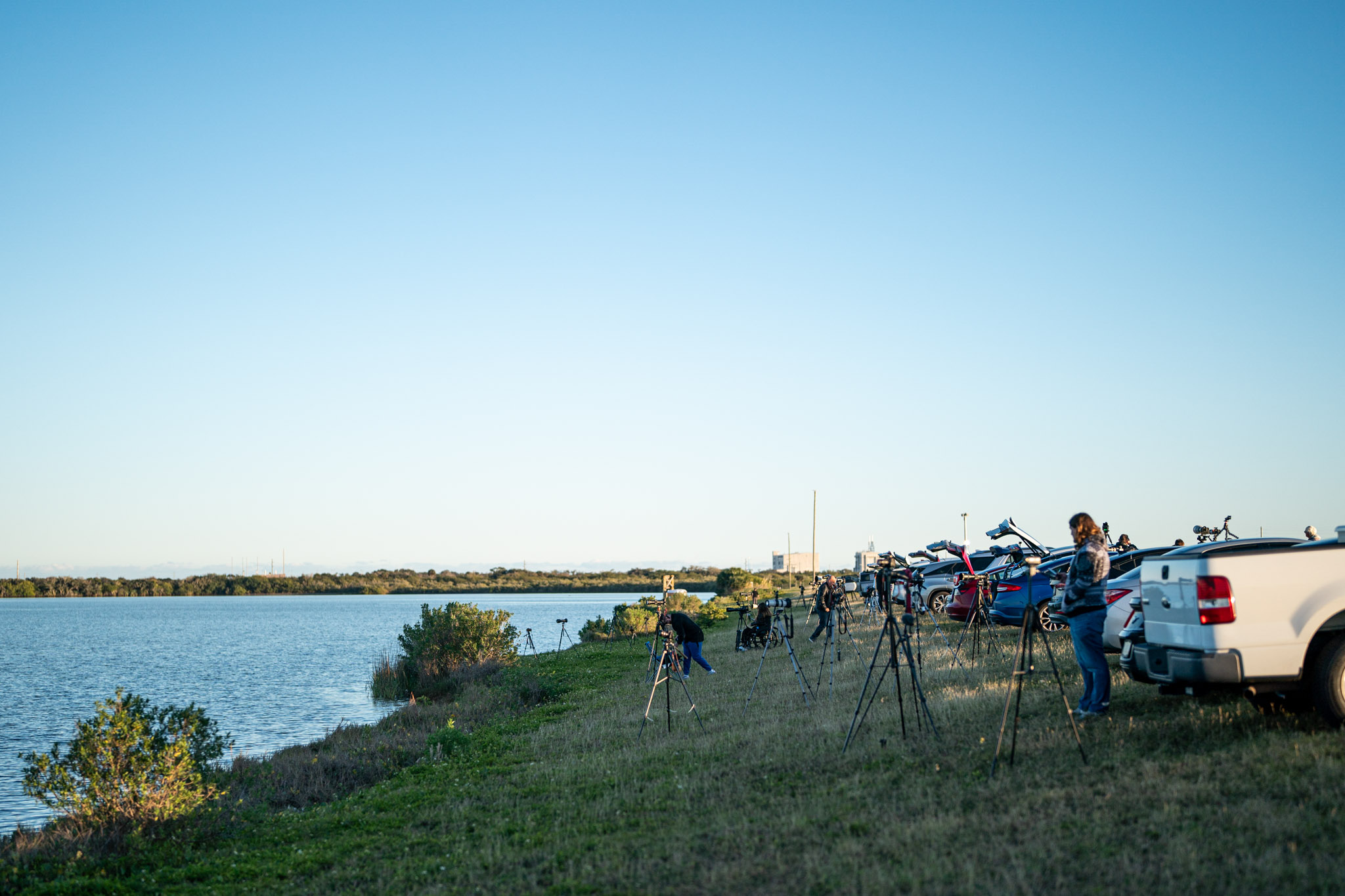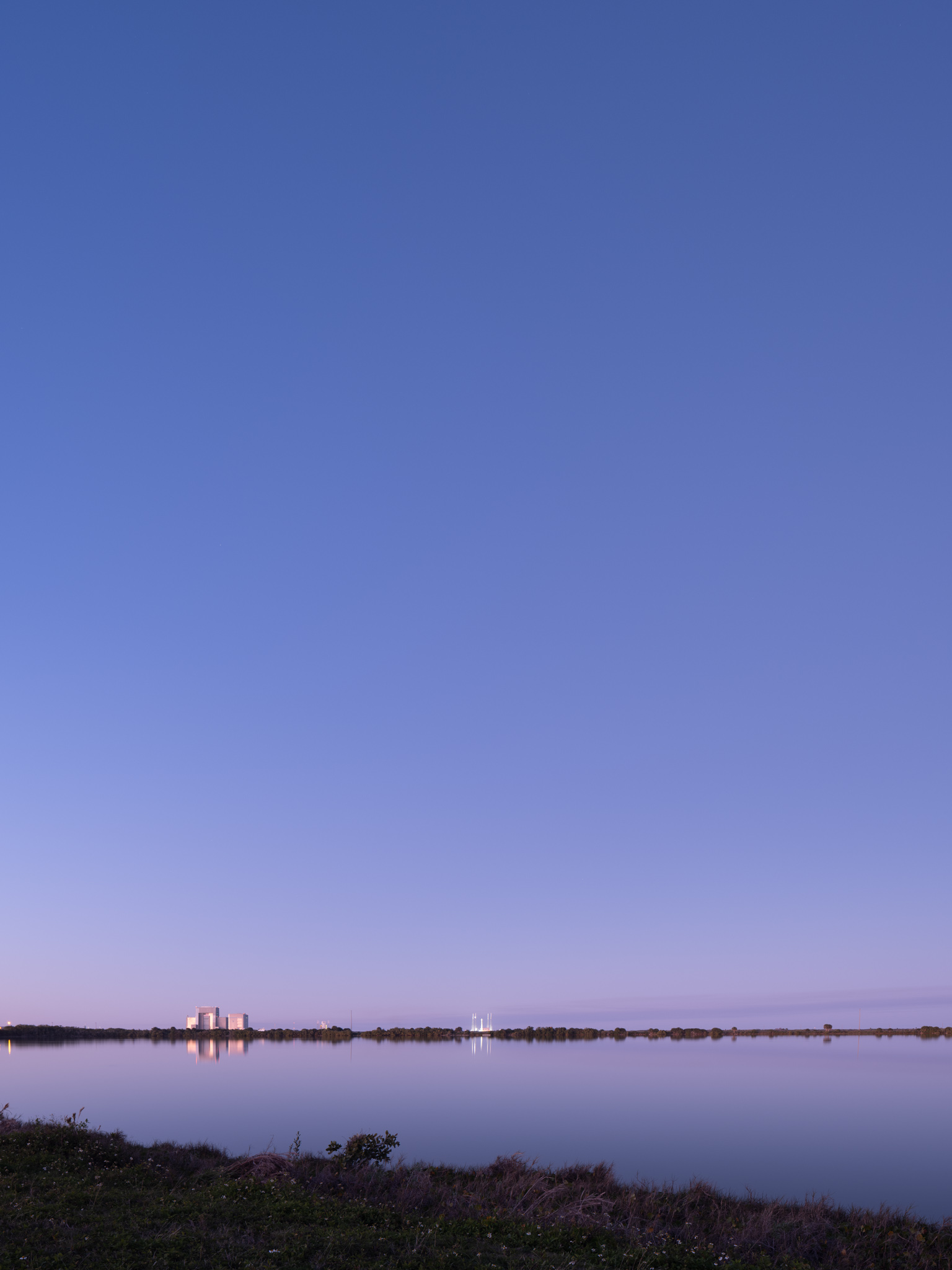Space is hard. Countless things have to go the right way to launch a payload to the exact point in orbit to complete the mission. Fuel, weather, propulsion, navigation, it all has to be on the money, or else the result is a costly mission failure.
Space travel, particularly space tourism, is going to become more and more of a prominent event in the next decade. Companies like Blue Origin and Virgin Galactic will soon regularly be yeeting well-heeled (or well-funded) civilians into space, while Elon Musk’s SpaceX recently launched an all-civilian orbital trip, called Inspiration 4, to raise money for St. Jude. It seems like the timing is right, after all it seems like there is a rocket launch almost every week these days, right?
Welllllllll that brings me to the topic at hand. I was in the Cape Canaveral area yesterday to watch SpaceX launch an Italian satellite into space aboard a Falcon 9 rocket. I was excited because the weather was supposed to be absolutely perfect and I was going to be part of the credentialed media pool and have a great view. All manner of photojournalists were there, people who were shooting for the USA Today all the way to popular space blogs like NASA Spaceflight. We got to our viewing point and I was incredibly excited at how close we were to the rocket, only a few miles away! (to put it in perspective, my picture of the Demo-2 mission, where SpaceX launched astronauts from US soil to the International Space Station for the first time since the Space Shuttle, was around 11-12 miles away)
Everyone got their gear ready for the launch.
What would be relatively unique about this launch was what happened afterward. The SpaceX Falcon 9 rocket is a two-stage rocket. The first stage, commonly called the booster, exists entirely to get out of earth’s atmosphere. It’s basically just an enormous fuel tank with engines on the bottom (9 engines, in this case, hence the name Falcon 9). After it roars to life and propels the payload away from gravity’s unrelenting pull, the first stage separates from the second and falls away. Many companies expend the first stage as the second roars to life and speeds the payload into orbit, but SpaceX has made history by routinely recovering and reusing these first stages, bringing the cost of a Falcon 9 launch down immensely.
Those first stages, which are approximately 40m tall, come back to earth and either land on an autonomous droneship a few hundred miles off the US east coast or, if the trajectory and mass allow, come back to land at LZ-1 or LZ-2 at Cape Canaveral in Florida. These landings, known colloquially as RTLS (return to launch/landing site), are a bit rarer these days, but this launch was scheduled for one, so not only would we get to see an incredible launch from way up close but we would also get to see the rocket come back down!
With my trusty Sony A1 and 400mm 2.8 lens at the ready, I watched as the rocket went through preparatory venting as propellant was loading.
…And then a cruise ship ruined it
As the countdown approached for launch, though, we started to hear word that a ship was violating the range…a cruise ship!
The US Coast Guard publishes Keep Out/Exclusion zones for rocket launches so boats know where they can and cannot go (a boat I was on was even visited by the Coast Guard once to ensure we were heading back to safety in time). These zones are important because things can go very wrong when it comes to rocketry. Every rocket has what’s called a flight termination system, which self-destructs the rocket in flight if it starts to lose control or veer off course. These Keep Out zones protect the seas from the resulting debris from such a detonation.
There were two cruise ships leaving from Port Canaveral yesterday: Royal Carribean’s Harmony of the Seas (the second-largest cruise ship in the world) and MSC’s Meraviglia (the sixth-largest when it was launched in 2017). The Harmony of the Seas left a little over an hour before the launch while the Meraviglia was in the process of leaving the port right around launch time.
SpaceX had to time the launch to the second in order to insert the Italian satellite to the correct point in orbit. As we got closer to the launch, we listened on the launch broadcast as they said a ship was still violating the exclusion zone. The launch was supposed to happen just after 6:11pm local time. This was the image I snapped.
There was no launch. The ship couldn’t clear the zone in time. The two cruise ships leaving Port Canaveral have a passenger and crew capacity of nearly 15000 so the risk to life was very significant in the event of a launch anomaly, so it made sense why SpaceX couldn’t launch, but people were astounded. How could the ship not have known?!
Immediately the internet was on the case, trying to figure out who was at fault. Nothing official has been announced (the US Coast Guard has said they’re investigating and a commenter on Reddit said he heard the Coast Guard and Harmony of the Seas talking over VHF radio) but the general sentiment was it was the Harmony of the Seas at fault.
I'm seeing a lot of people saying the MSC cruise ship was the culprit for tonight's #CSG2 scrub. It is actually harder to believe it is that ship rather than the Royal Caribbean ship. Here is the marine hazard zone from @SLDelta45 overlayed on the tracks of both ships 1/x pic.twitter.com/QdVpP2QH1T
— Jared Locke (@baserunner0723) January 31, 2022
It will be interesting to see the fallout if it happens in the public eye (which is doubtful). Royal Caribbean’s parent company is registered in the country of Liberia so it will be interesting to see whether or not they face any liability. Elon Musk has been known to be a bit combustible on Twitter and he has been strangely silent since the launch was canceled, other than a tweet wishing everyone a happy Chinese New Year. Odds are this will be handled quietly between SpaceX and Royal Caribbean, although the US Coast Guard will likely confirm the details of the exclusion zone breach at a later date.
So what happens now?
Well…we wait. This was not the first time this specific launch was scrubbed, as the weather was pretty poor in Florida last week. American Airlines were kind enough to move my flight another day out (and my upgrade already cleared!) so I will be back tonight for another attempt to launch! Until then, the rocket sits safely perched at SLC-40, ready for its big moment!
Have you attended a rocket launch? Which was your favorite? Tell me in the comments below!






have seen the night launches from our dock